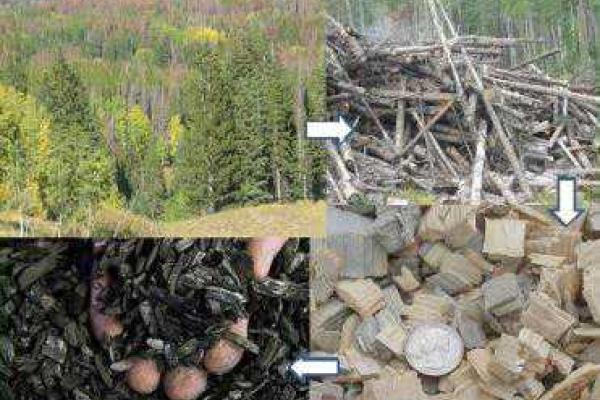Biochar may be useful for restoring or revitalizing degraded forest soils and help with carbon sequestration, nutrient leaching losses, and reducing greenhouse gas emissions. However, biochar is not currently widely used on forested lands across North America. This chapter provides an overview of several biochar experiments conducted in North America and discusses the feasibility of using in-woods mobile pyrolysis systems to convert excess forest biomass into biochar. Biochar may be applied to forest sites in order to positively influence soil properties (nutrient leaching, water holding capacity), but its biggest benefit may be in facilitating reforestation of degraded or contaminated sites, and in sequestering carbon in soils. The majority of data on biochar applications on forest sites focus on seedling responses and short-term impacts on nutrients, soil physical properties and microbial changes. Long-term field research is necessary to determine water use, carbon sequestration, nutrient use, and greenhouse gas emissions, and the subsequent alteration of forest growth and stand dynamics.
Page-Dumroese, Deborah S.; Coleman, Mark D.; Thomas, Sean C. 2017. Opportunities and uses of biochar on forest sites in North America [Chapter 15]. In: Bruckman, Viktor; Varol, Esin Apaydin; Uzun, Basak; Liu, Jay, eds. Biochar: A Regional Supply Chain Approach in View of Climate Change Mitigation. Cambridge, UK: Cambridge University Press. p. 315-335.
